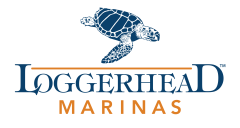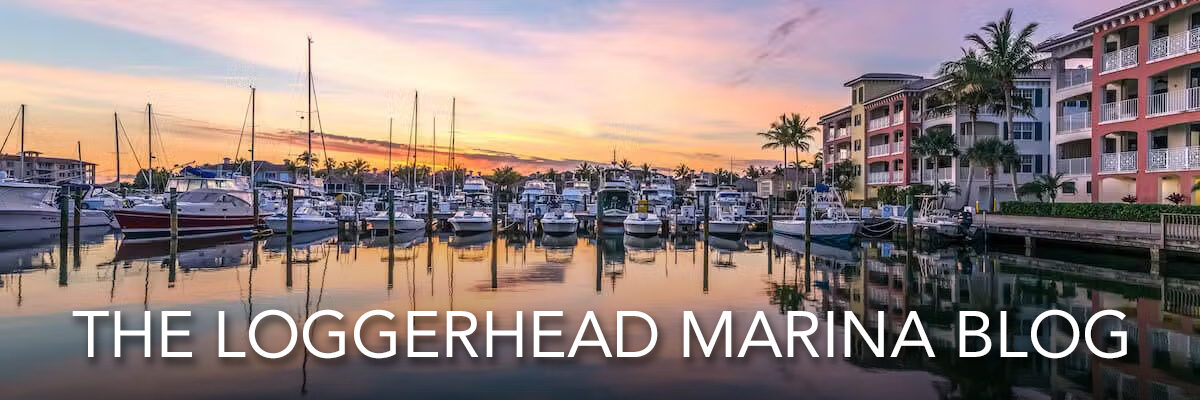Did you know that seagrass and seaweed are not the same thing? Seaweed, like kelp and the floating sargassum we are overly familiar with here in Florida are not true plants, they are macroalgae. They lack specialized features like roots and the ability to flower. Seagrasses, on the other hand, are flowering plants that are more closely related to lilies and orchids than grasses. They have roots, stems, leaves, and produce flowers, seeds, and pollen. Seagrasses grow in shallow, coastal waters in groups called meadows or beds and are critically important to the health of our coastal waters. Seagrass beds serve many functions like nursery habitat for invertebrates and baby fish, including snapper and stone crab.
Seagrasses are also important carbon and nutrient sinks that produce large amounts of oxygen through photosynthesis. By rooting into the sediment, they stabilize the bottom; a healthy bed of seagrass helps trap fine particles and absorbs excess nutrients from the surrounding water. Not only do these seagrasses play a critical role in the health of the oceans and in generating oxygen for the planet but they are food for some our most beloved animals – manatees and green turtles. Both feed almost exclusively on different types of seagrasses and are challenged by the rapid loss of seagrass in our coastal areas.
These rapid losses are happening because all marine ecosystems are delicately balanced, and too many nutrients can be detrimental. Just like our lawns, seagrass beds need some organic fertilizer, but they can be harmed if the nutrients are too abundant. Instead of helping the seagrasses to grow, the excess nutrients feed microscopic algae causing massive blooms in the water column. This makes the water murky and prevents sunlight from penetrating to the seafloor; ultimately starving the seagrasses of energy they need to grow and thrive.
Currently, excess nutrients in our coastal waters are not from natural sources but rather from runoff associated with agriculture and urban areas combined with the seepage of waste from failing septic systems and aged wastewater pipes. These pollution pathways are leading to more frequent and severe algal explosions in our nearshore waters and ocean ecosystems – causing massive seagrass die offs. This starts a vicious cycle – as seagrass beds die, the sediment their roots held together becomes loose and gets stirred up by waves. This worsens the water clarity and makes restoration of these habitats challenging.
As Loggerhead Marina boaters there are some simple steps you can take to help us at Loggerhead Marinelife Center to protect our coastal seagrass beds. First is through responsible boating: Go Slow for Those Below! To help protect sea turtles and other marine life, travel at the minimum speed needed for safe navigation. This also reduces your risk of running your boat onto shallow seagrass beds that could cause scars in the sediment and take years to recover. When choosing a place to anchor, look for a sandy patch rather than grass as anchors tear seagrasses out at the roots. Second, reduce fertilizer use at home and fertilize only in the dry season. Plant native trees and landscape that do well in the local environment. Lastly, support responsible local watershed management including septic to sewer infrastructure upgrades and low-impact development and green infrastructure projects. As someone that enjoys life out on the ocean, in the Intracoastal Waterway, or any number of bays and harbors you see the bounty of what seagrasses provide. Be good stewards and help us protect these incredible coastal ecosystems.
Andy Dehart
President & CEO
Loggerhead Marinelife Center
Better boater tips:
simple steps to protect our coastal seagrass beds
- Travel at the minimum speed needed for safe navigation and to avoid scarring shallow seagrass beds
- Look for a sandy patch when anchoring rather than grass as anchors tear seagrasses out at the roots.
- Reduce fertilizer use at home and fertilize only in the dry season. Plant native trees and landscape that do well in the local environment.
- Support responsible local watershed management including septic to sewer infrastructure upgrades and low-impact development and green infrastructure projects.

